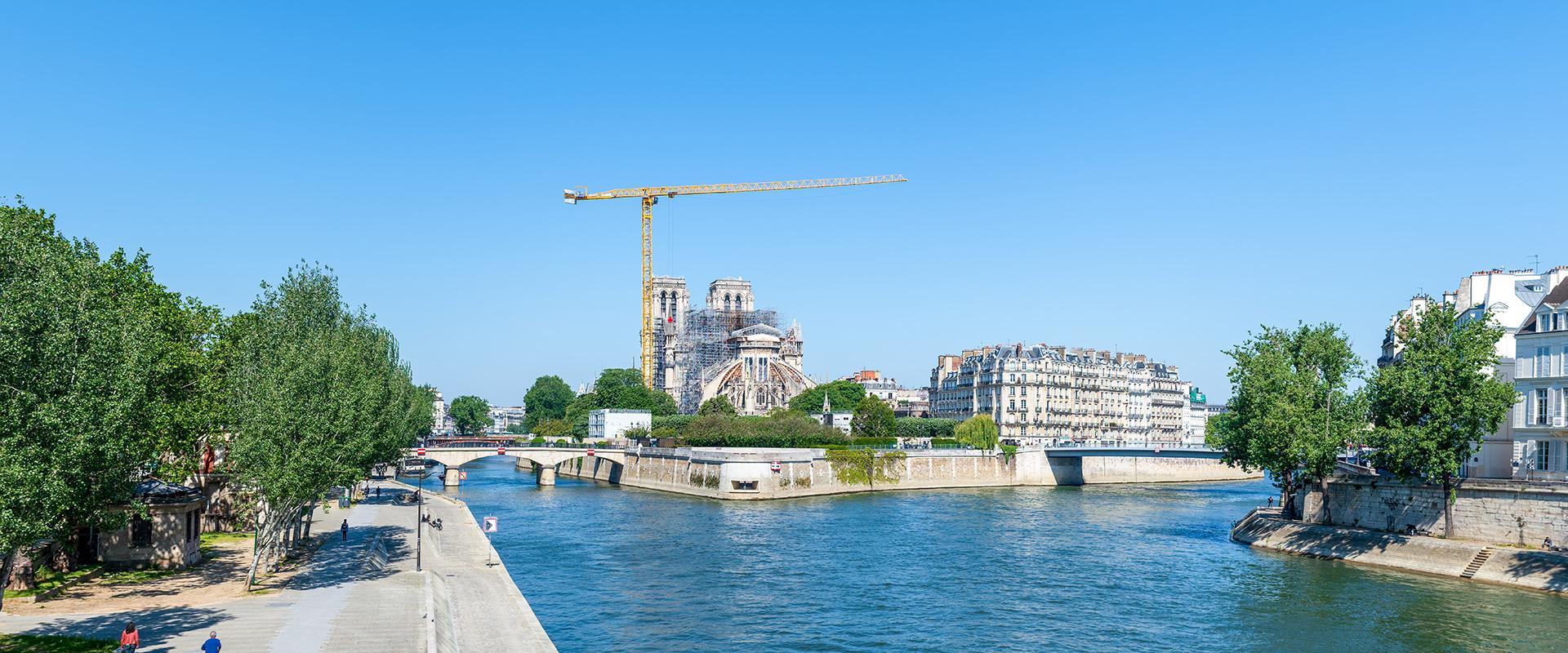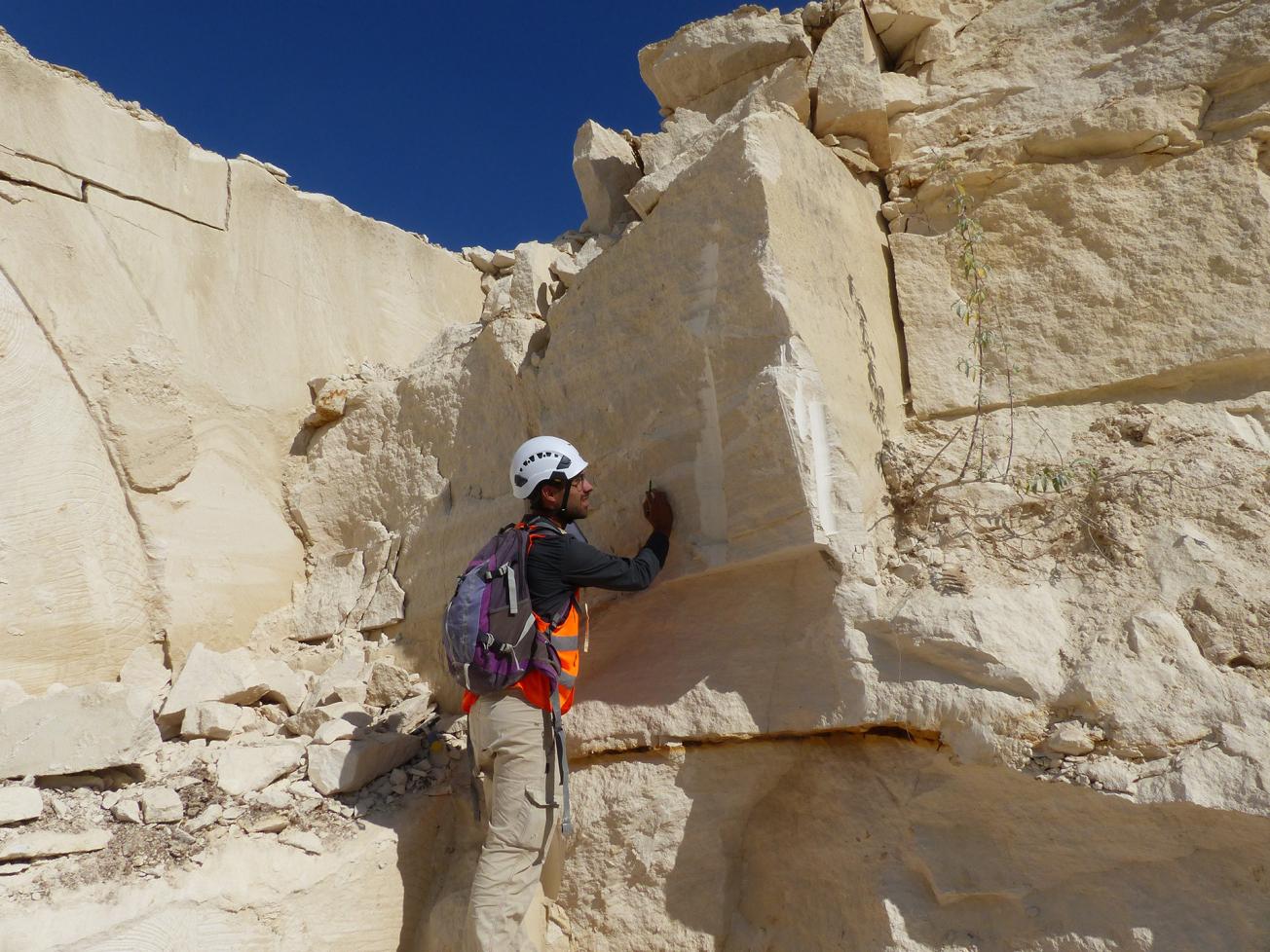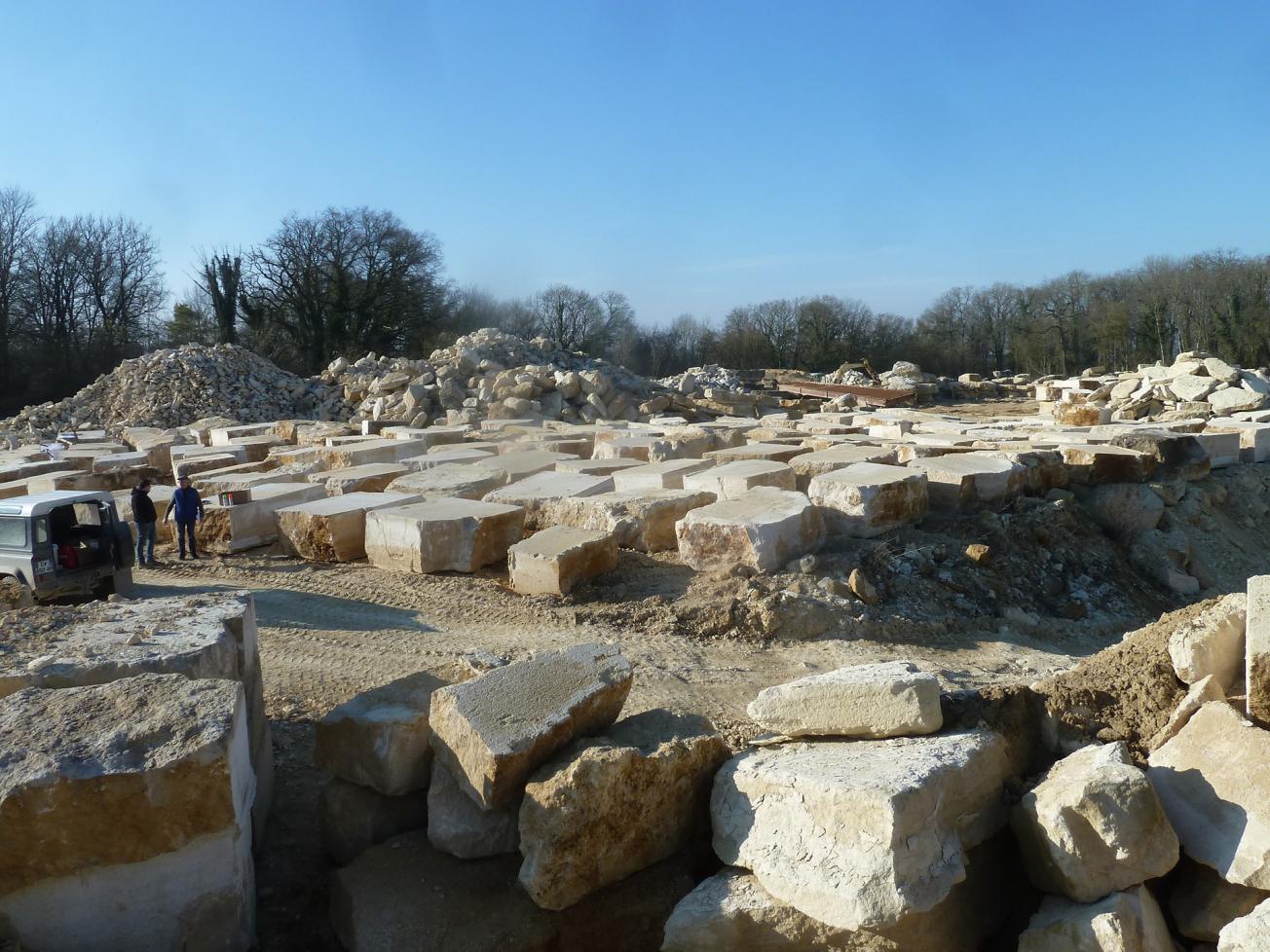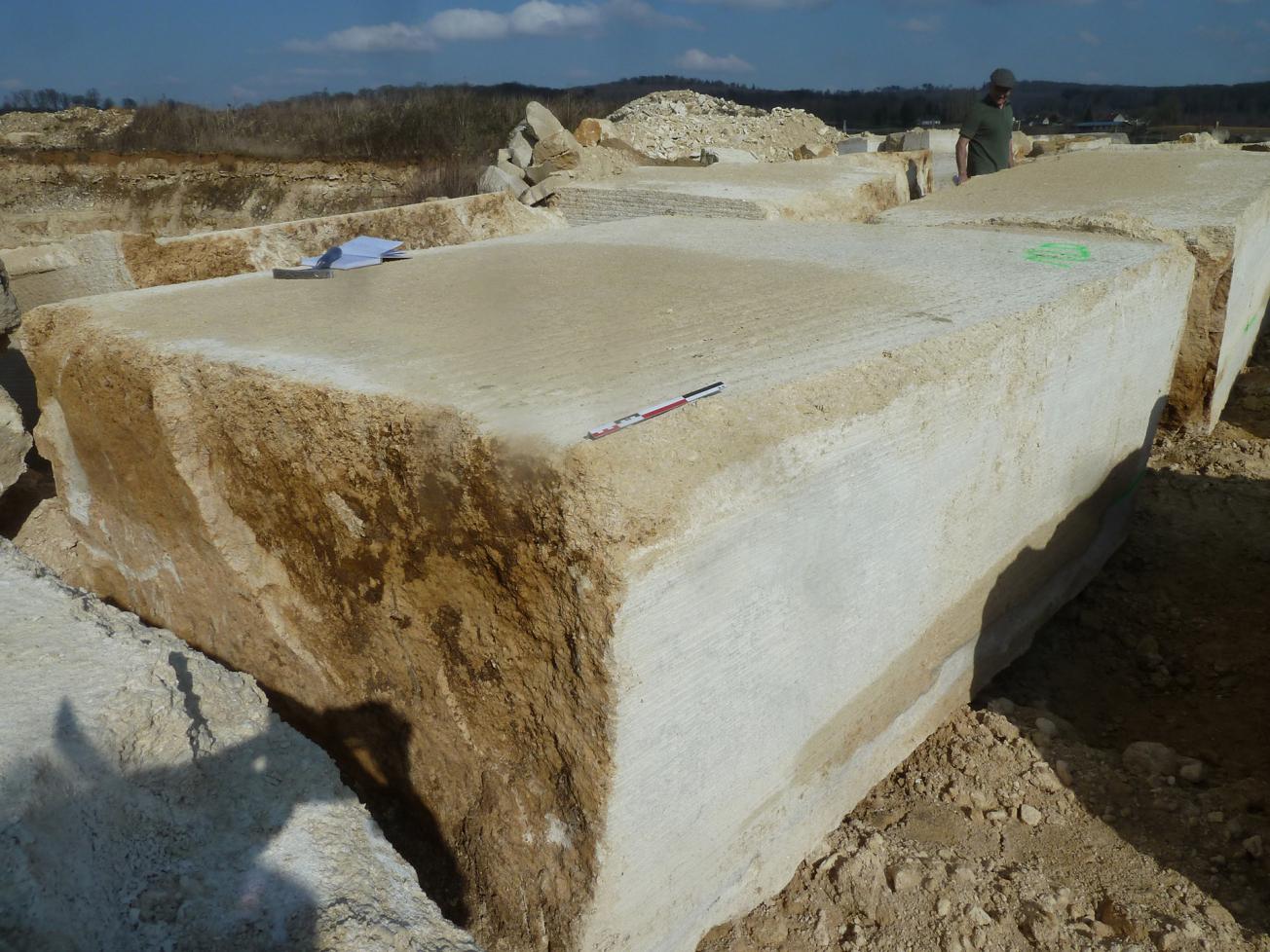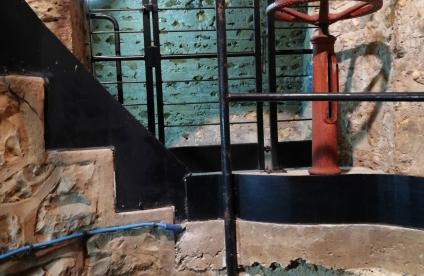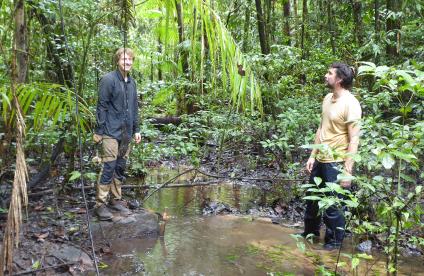Limestone quarries for the Notre-Dame de Paris cathedral restoration project
The need
The fire at Notre-Dame in April 2019 caused significant damage to the building and led to the implementation of a project that had no parallel in conventional monument restoration work. Many stone architectural elements were strongly affected by the fire, creating a need to seek restoration stones of suitable quality and quantity – and to do so within tight deadlines. Faced with this challenge to supply the site, the contracting authority, the RNDP, sought BRGM’s expertise to search for “new” stones within working French quarries, which were:
- Compatible with the cathedral’s original stones in terms of aesthetic and physical-mechanical criteria;
- Available, in some cases, in blocks with exceptional dimensions (considerable height, exceeding one metre in length).
The results
Firstly, 30 types of stone, used in the initial construction phase of the cathedral (in the Middle Ages), but also in the numerous restoration and extension works over the following centuries, and up to the present day, were inventoried within the building. Sedimentological investigations were then carried out in 30 limestone extraction quarries, located in several targeted French basins (Picardy, Burgundy, Poitou-Charentes), together with the identification, selection and sampling of 40 types of stone. Lastly, the samples collected were characterised in the laboratory. The cathedral restoration stone selection guide that was produced consists mainly of:
- A “reference base of the cathedral’s original stones”, providing detailed data on the 30 types of limestone inventoried;
- A “reference base of replacement stones”, providing detailed data on 32 types of limestone of the Lutetian (Miocene) age, from nine quarries in Aisne and Oise, associated with a first collection of representative samples;
- A “reference base of substitute stones” providing detailed data on ten types of Bathonian (Middle Jurassic) limestone, from eight active quarries in Charente, Côte-d'Or and Yonne, associated with a second collection of representative samples.
Usage
The three reference bases mentioned above serve both as data catalogues and operational decision-making tools, in particular for the Chief Architect of Historic Monuments, the project manager of the cathedral site with responsibility for the final choice of restoration stones. By using these reference bases, several types of limestone from quarries in the Oise have already been selected for the first stages of the work.
Partners
- The public body responsible for the conservation and restoration of Notre-Dame Cathedral.

